-
For more than a century, Einstein’s theory of general relativity has been the key to understanding gravity.
-
But new research suggests this theory is “gliding” into the furthest reaches of space.
-
That doesn’t mean we throw Einstein’s theory out the window. But it might need a little adjustment.
Over the past hundred years, countless studies have proven that Albert Einstein’s greatest theory – his theory of general relativity – is virtually bulletproof and capable of doing everything from predicting black holes to guiding your GPS technology.
However, as scientists arm themselves with more powerful and advanced technology, capable of peering into the cosmos in unprecedented detail, they see phenomena they cannot explain with Einstein’s theory.
Einstein’s general theory of relativity states that the curvature of space-time causes gravity. But zoom out to enormous scales, such as clusters of galaxies spanning billions of light-years across, and the laws of Einstein’s theory of gravity appear to change.
“It’s almost as if gravity itself no longer fits Einstein’s theory perfectly,” Robin Wen, a recent graduate of the University of Waterloo, said in a university news release.
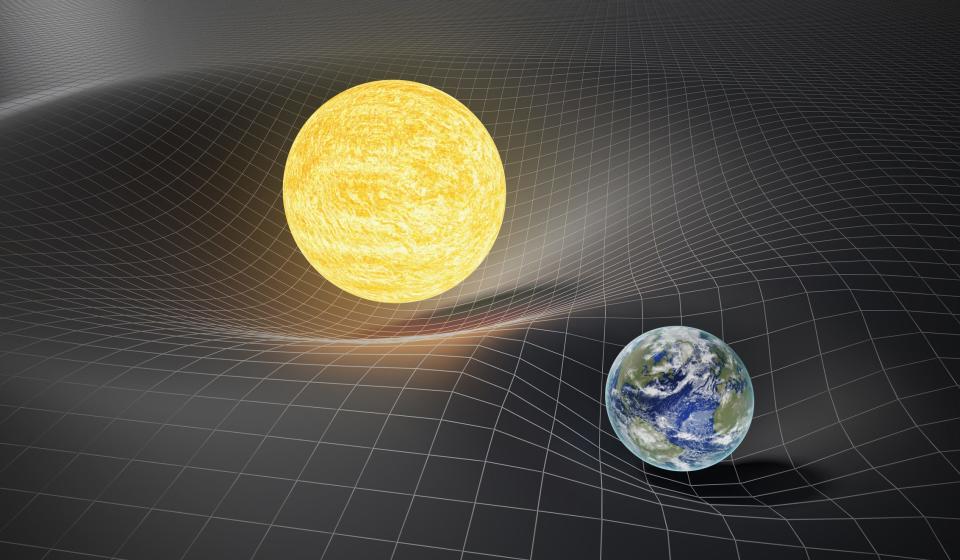
Wen is part of a collaboration between the University of Waterloo and the University of British Columbia, who are on the hunt to solve the mystery. He calls this discrepancy in Einstein’s theory a ‘cosmic disturbance’.
Their new study, published in the peer-reviewed Journal of Cosmology and Astroparticle Physics, suggests that gravity becomes weaker by about 1% on very large scales. If gravity were to behave according to Einstein’s theory, then this 1% difference should not exist.
Cosmologists will not quickly abandon general relativity. It is still a remarkably accurate framework for understanding gravity on smaller scales.
“It’s not like we’re breaking the way your GPS works or creating a black hole. We were just trying to see if there’s any deviation on the largest possible scale,” Wen told Business Insider.
If this glitch really exists, it could help cosmologists explain some of the universe’s greatest mysteries.
Relieve cosmological tension
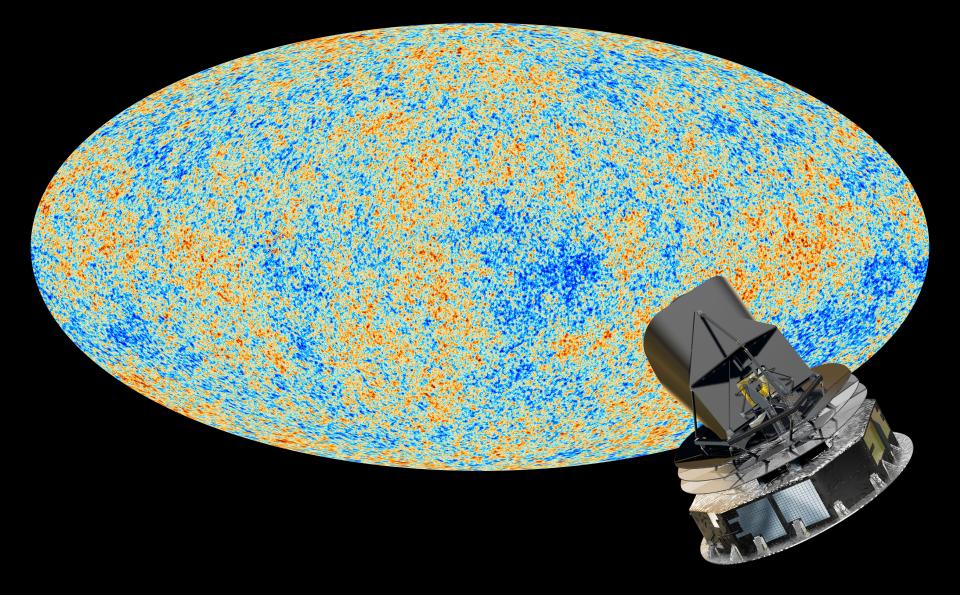

The research team was sifting through data on the cosmic microwave background when they discovered this apparent disturbance.
The cosmic microwave background is a vast expanse of persistent radiation left behind by the Big Bang. Scientists use it to understand the earliest stages of the universe, such as how the first galaxies formed and what happened immediately after the Big Bang.
Wen and his colleagues used a model – based on fundamental laws of nature such as Einstein’s general theory of relativity – and compared their model’s prediction of what the CMB data should look like with observational CMB data.
Their scientific model did not match the observations – what we actually see in the distant universe.
However, when they modified Einstein’s theory to account for a 1% gravity deficit, their model better matched the observational data, Wen told BI by email.
A 1% adjustment may not sound like a big deal, but it is enough to suggest that Einstein’s theory may need to be reconsidered. And what’s more, this glitch can help us better understand confusing behavior in the universe.
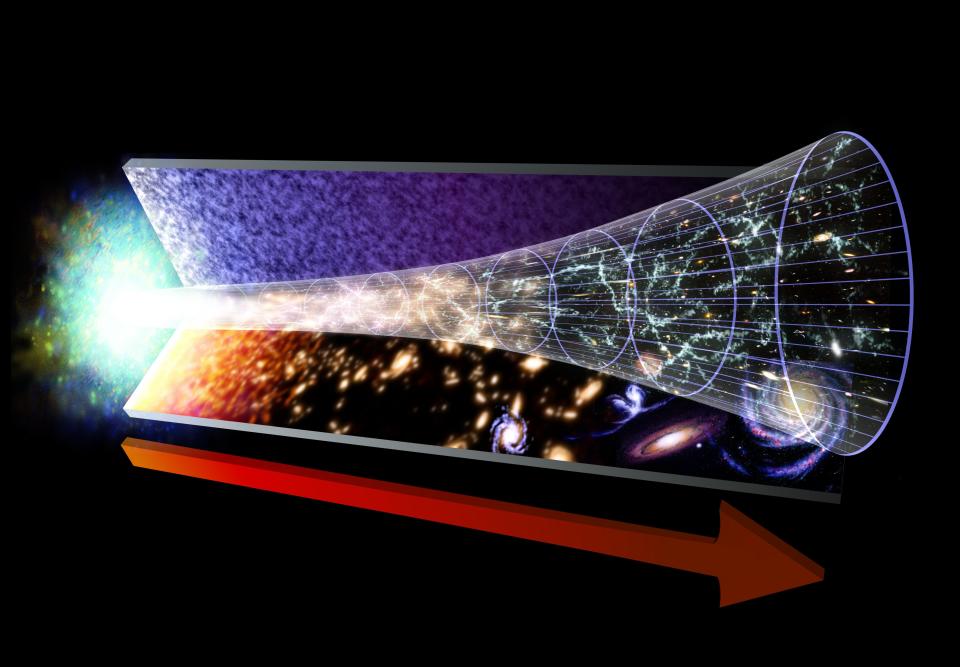

The cosmos, as we understand it, is filled with tensions. Sometimes different measurements of the same phenomenon do not agree with each other. An example of this is the Hubble strain – a problem that has puzzled astronomers for years.
The Hubble tension refers to conflicting measurements of the universe’s expansion rate. According to our standard physical model, the expansion rate of the universe should be the same everywhere. However, observations of the nearby universe suggest that the expansion is faster than that of regions in the distant universe. Astronomers have proposed several possible explanations, but have not yet settled on them.
Now, with this cosmic disturbance, a new explanation is on the table.
A 1% weaker large-scale gravity could reduce the Hubble strain by bringing the universe’s expansion rate closer to measurements from local observations, said Niayesh Afshordi, co-author of the study and professor of astrophysics at the University of Waterloo, in a recent YouTube interview.
Thinking outside the box
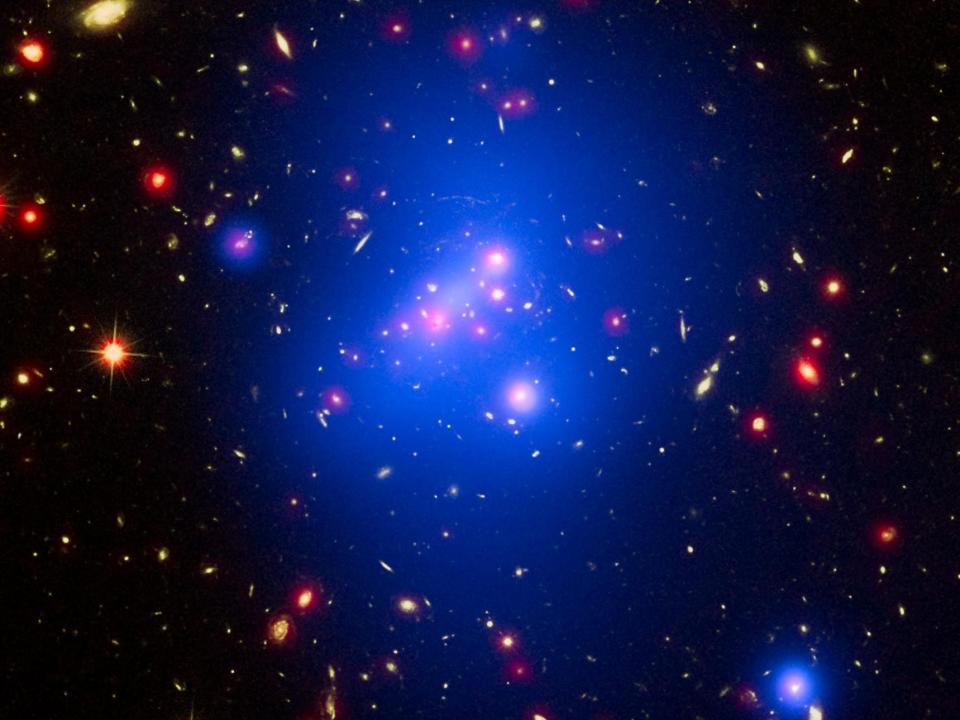

The fact that this cosmic disturbance could potentially help astronomers resolve the Hubble tension is a good sign that it actually exists. But this study does not provide definitive evidence of a 1% gravity deficit on a large scale, Wen said.
For now, there is still a chance that this outage is due to a statistical error. “With future data over the next decade, we should expect this to actually be a true detection, or just a fluctuation due to your statistical power,” Wen said.
Valerio Faraoni, professor of physics and interim dean of sciences at Bishop’s University, told BI that it is reasonable to think the error could exist because general relativity has not been tested in the distant universe.
So “it’s entirely possible, at least in principle, that we don’t understand gravity on larger scales,” said Faraoni, who was not part of the study.
He thinks that to resolve conflicts between predictions and observations of our universe, we need to think outside the box. And this cosmic disturbance study does just that.
“We probably need something outrageous,” he said. “It looks exotic, it looks strange. But I think we should definitely be open to all these strange ideas.”
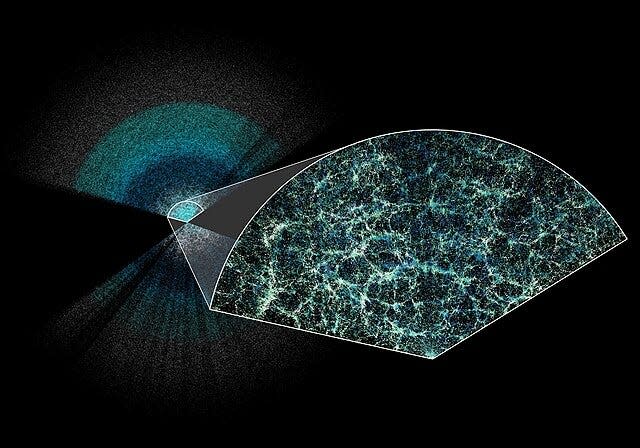

Next, Wen and his colleagues will examine new data from the Dark Energy Spectroscopic Instrument (DESI). DESI measures the effects of dark energy on the expansion rate of the universe and has created the largest 3D map of the cosmos to date.
Furthermore, DESI has found that dark energy, like gravity, does not behave as astronomers expect on large cosmological scales. Wen wants to find out whether these two “glitches” are somehow connected, which would provide further evidence for the need to adjust general relativity.
But even he is skeptical about the limitations of general relativity. “If you asked me to bet on something, I could still bet on GR. GR works so well, right? For the alternative models, it’s hard to say at this stage,” he said.
Read the original article on Business Insider